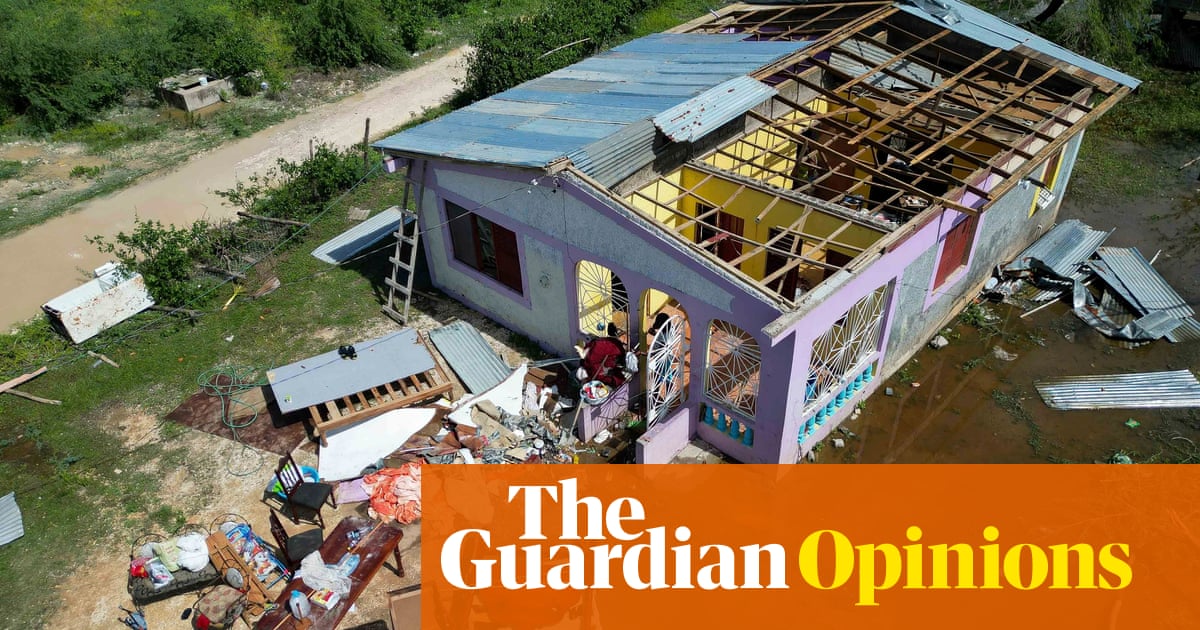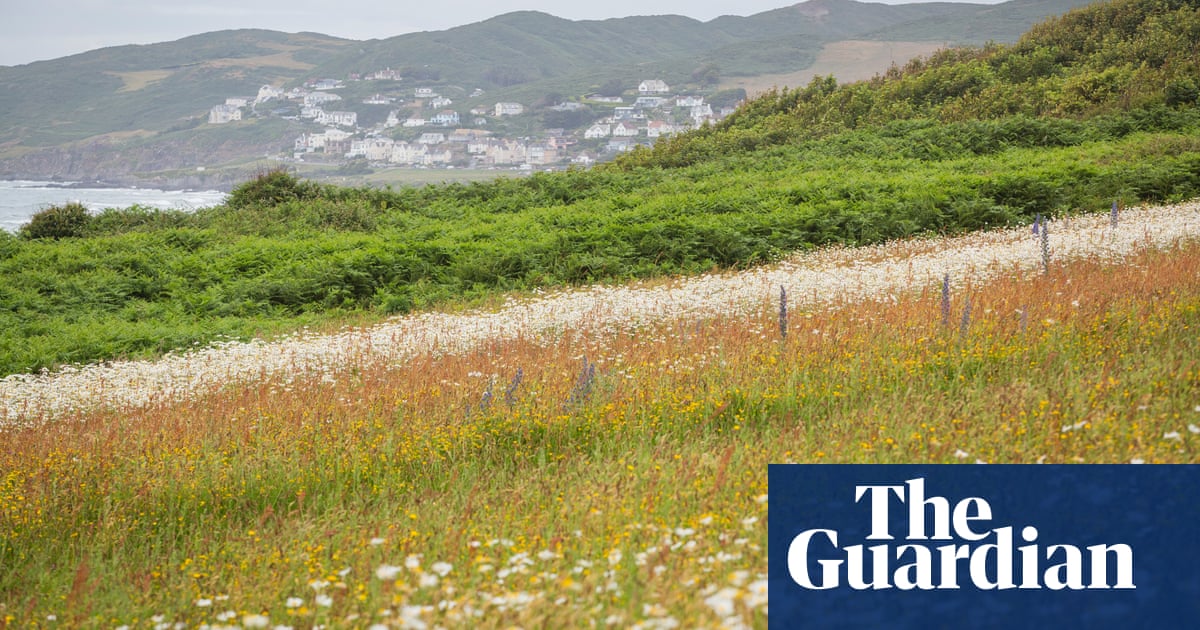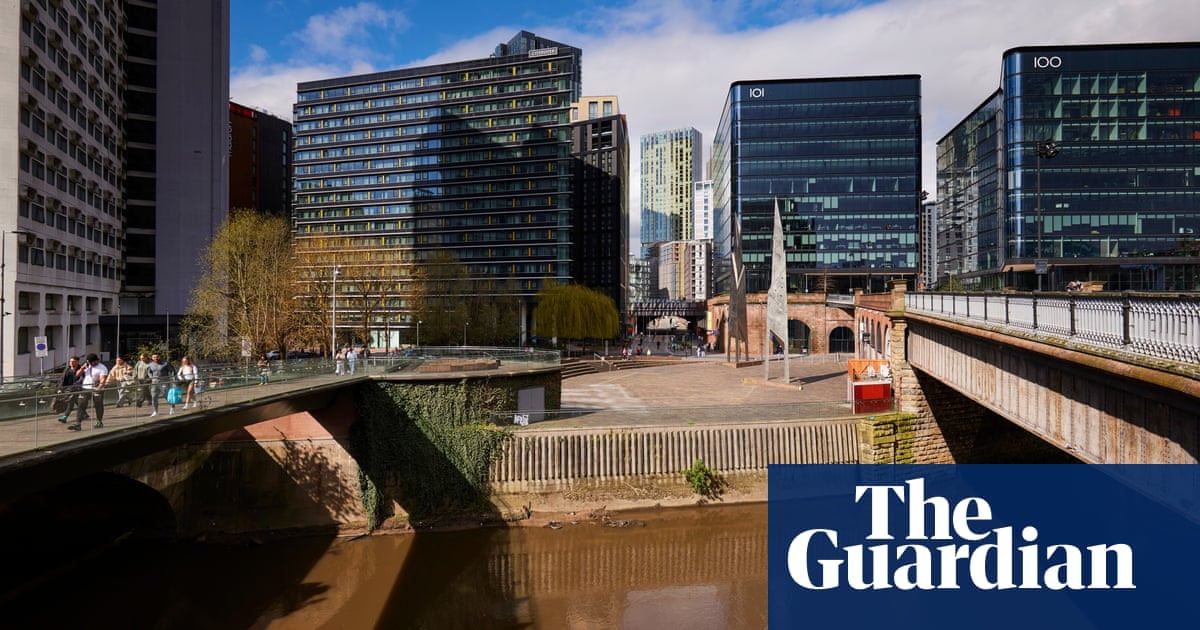An incarcerated person at Californiaâs largest womenâs prison has died amid a brutal heatwave that has left residents without air conditioning begging for relief and warning of dire consequences for their health.
A woman in the Central California Womenâs Facility, located in the Central Valley city of Chowchilla, died on Saturday as temperatures in the region climbed above 110F (43.3C). The California Coalition for Women Prisoners (CCWP), an advocacy group, said it appeared the woman suffered a preventable heat death. The womanâs daughter told the Sacramento Bee that her mother had complained about the physical toll of the summer weather for years.
Mary Xjimenez, a spokesperson for the state corrections department, said in an email that the woman was transported to a medical facility on Thursday and died on Saturday and that the âdeath appears to be the result of an ongoing medical condition and not heat related, but will be determined by the coronerâs officeâ. Tyson Pogue, the local sheriff-coroner, said it was too soon to say whether the death was due to heat and his office would conduct an autopsy.
News of the deaths comes as more than 146 million Americans were under extreme heat alerts across the nation, leaving people incarcerated in aging prison facilities without air conditioning particularly vulnerable. There have been reports of potentially fatal conditions inside jails and prisons during heatwaves across California and in Nevada, Illinois, Texas, Florida and other states this year.
The Chowchilla fatality has escalated fear and panic throughout the prison, advocates and incarcerated residents said. The cells in the overcrowded facility, which incarcerates more than 2,000 people, lack air conditioning, and residents said officials have failed to provide enough cold water and other supplies that would alleviate their suffering and reduce heatstroke risks.
âPlease help us, theyâre not doing anything for us,â Trancita Ponce, a Chowchilla resident, said in a statement shared by CCWP. âThere is hot air blowing inside of our rooms, I have a huge migraine and I feel sick and other girls are throwing up.â
Another CCWF resident, who asked to remain anonymous for fear of retaliation, told the Guardian sheâs been struggling with nausea and headaches, and that she had a thermometer in her area that recently showed it was 103F (39.4C). After residentsâ complaints, the facility gave out ice water on Tuesday, but residents were only given two cups each, she said: âIâve seen people passing out. This is inhumane ⦠You feel like youâre dirt, like youâre nothing. If we were animals, theyâd be treating us better.â
Elizabeth Nomura, state membership organizer for CCWP, who has been in contact with Chowchilla residents, said the facility has swamp coolers meant to lower temperatures in the cells, but that they werenât working properly â an issue documented by the Modesto Bee during extreme heat last year.
âMy friend said: âHelp us, we canât breathe,ââ said Nomura, who was previously incarcerated at Chowchilla. âIâve had heatstroke before [while incarcerated] and I know what it feels like to be so dehydrated that you canât see. They are sitting in a room, toasting in what feels like an oven. Theyâre all suffering.â
Nomura said the death in the institution created a âdark cloudâ for residents: âIt brings that harsh reality forward for so many â that they could very well die in prison. Everyone in there is frantic, locked in these death chambers. Itâs nothing short of cruel.â
Xjimenez said each state prison has a âheat plan coordinatorâ who monitors conditions and temperatures, and that housing units have some form of âcooling reliefâ, typically evaporative coolers and fans. During extreme heat, prisons will sometimes provide additional access to air-conditioned areas and increased access to water and ice, she said, and when temperatures exceed 90F (32.2C), some vulnerable residents are moved to air-conditioned rooms.
At Chowchilla, staff is providing ice water to all residents and âindustrial floor fansâ are cooling the housing units, she said.
âThe California department of corrections and rehabilitation is closely monitoring the current heat wave and is coordinating with our state partners and the leadership in each of the stateâs 32 prisons to ensure there are appropriate resources and response,â she said in a statement. âWe are paying special attention to medically vulnerable incarcerated people, and will be providing additional water, ice, cooling areas, and information to our staff and incarcerated population on ways to prevent heat-related illnesses throughout this heat wave.â













